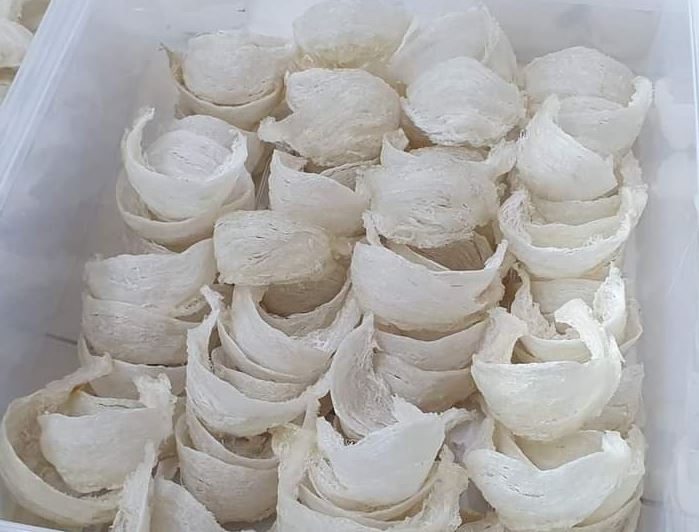
Harga sarang burung walet the astonishing facts about its production and price
The Astonishing Facts About The Production and Price of Sarang Burung Walet
Sarang burung walet, also known as bird's nest, has long been revered as a luxurious delicacy in many Asian cultures. Renowned for its alleged health benefits and unique texture, this natural product has garnered significant attention worldwide. Today, we will explore the astonishing facts about the production and price of sarang burung walet.
What is Sarang Burung Walet?
Before delving into its production and price, let's understand what sarang burung walet actually is. Bird's nest refers to the hardened saliva nests built by swiftlets, a type of small bird. These nests are predominantly found in limestone caves, specifically in Southeast Asian countries like Indonesia, Malaysia, and Thailand. The swiftlets use their sticky saliva to create these nests, which then harden over time.
The Astonishing Production Process
The production of sarang burung walet is an intricate and time-consuming process that requires a great deal of skilled labor. Harvesting the nests requires venturing into dangerous caves and steep cliffs, often undertaken by experienced climbers and trained harvesters.
Due to the high demand and limited supply of bird's nests, many countries have implemented strict regulations and employed professionals to ensure the sustainable harvesting of these nests. The nests must be carefully collected by hand, cleaned, and sorted before they are ready for consumption or export.
The Exceptional Price Tag
One of the most astonishing aspects of sarang burung walet is its exorbitant price. Known as the "Caviar of the East," bird's nest commands a hefty price tag due to various factors:
- Firstly, the cave environment where swiftlets nest is inhospitable and treacherous, making it challenging to harvest the nests safely. The dangers faced by harvesters only add to the exclusivity and rarity of the product, driving up its price.
- Additionally, the swiftlets' nesting habits contribute to the scarcity. These birds are highly selective when choosing their nests and often return to the same location year after year. As a result, finding suitable nesting spots becomes increasingly difficult, causing the supply to dwindle.
- Furthermore, the meticulous process of cleaning and sorting the nests is labor-intensive, further driving up production costs. The higher production costs, combined with the limited availability, make sarang burung walet a luxury item accessible only to a privileged few.
The Market Demand
Despite its steep price, the demand for sarang burung walet has remained strong. This can be attributed to the belief in its various health benefits. Traditional Chinese medicine views bird's nest as a potent remedy for many ailments, such as enhancing complexion, boosting the immune system, and improving overall well-being.
As the consumption of sarang burung walet continues to rise globally, it has become a highly sought-after ingredient in upscale restaurants, luxury hotels, and wellness centers. In recent years, it has also gained popularity among Western consumers seeking natural and exotic superfoods.
Conclusion
Sarang burung walet is undeniably an astonishing natural wonder, both in terms of its production process and price. From the daring harvesters risking their lives in treacherous caves to the meticulous cleaning and sorting required, every step of its production is testament to its exclusivity. The limited supply and high demand from health-conscious individuals and gastronomic connoisseurs have made it a highly prized luxury item.
While the price of sarang burung walet might deter many, its allure and health benefits continue to captivate consumers worldwide. Whether you appreciate it for its medicinal properties or simply as an indulgence, this delicacy remains an enigmatic and prestigious ingredient in the world of fine dining and wellness.
Understanding Consumer Behavior Through Analytics




